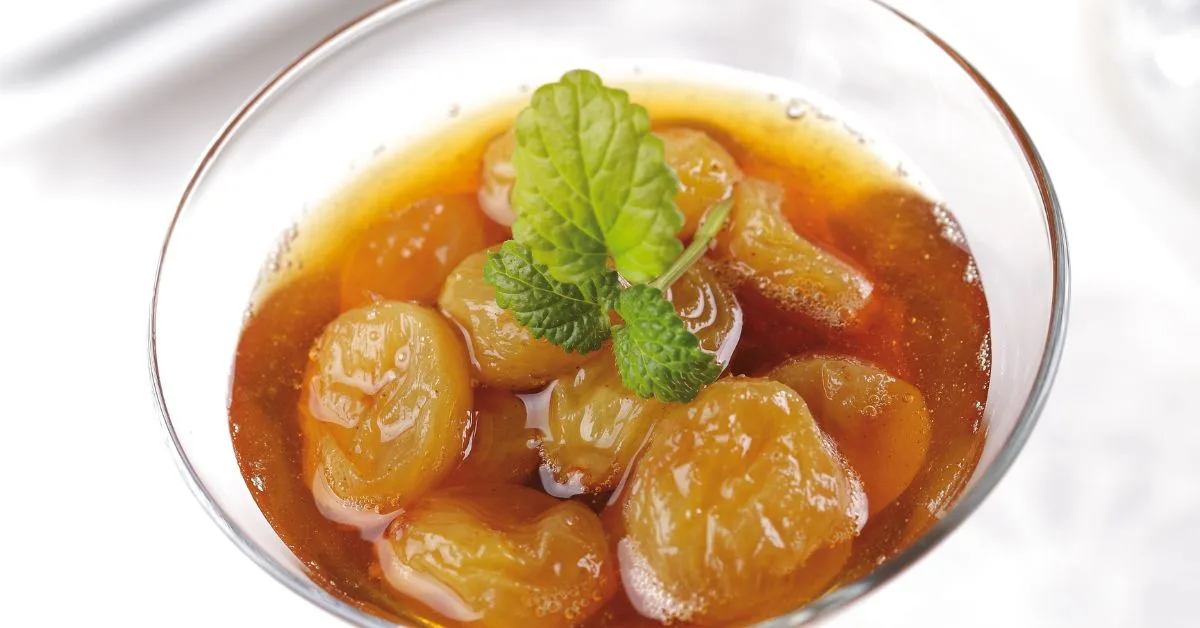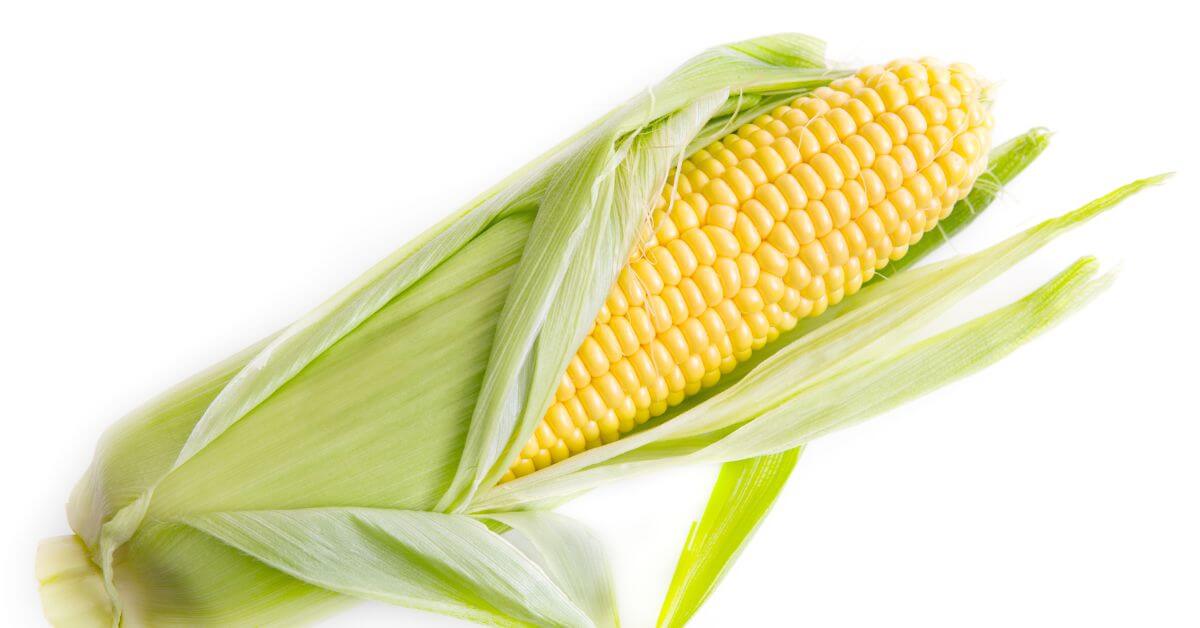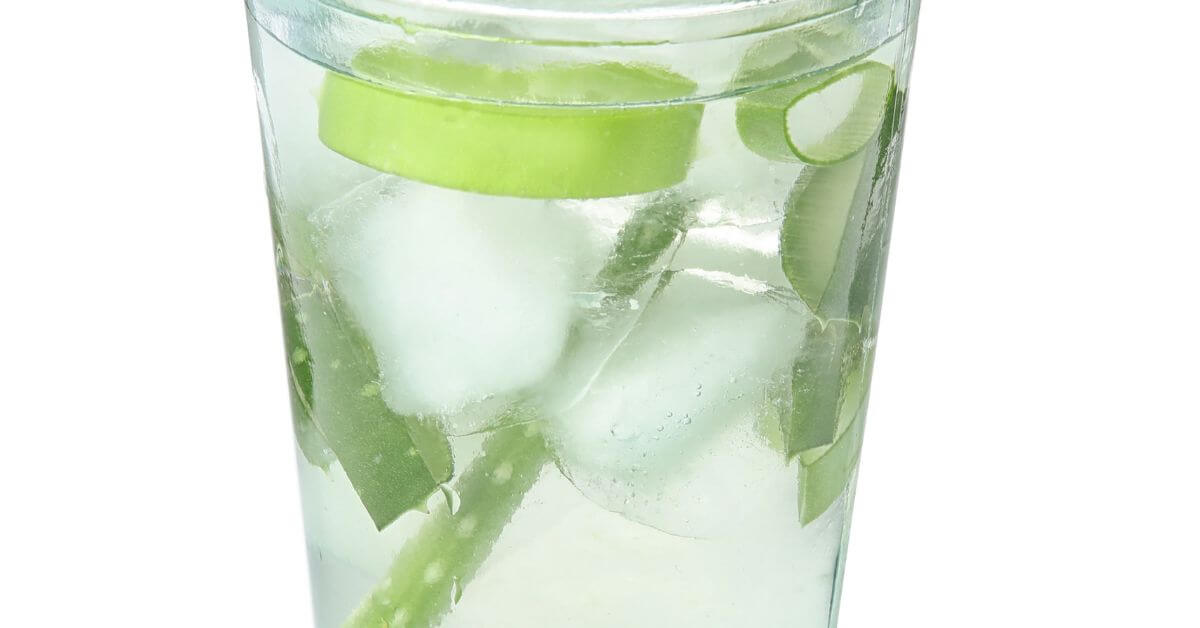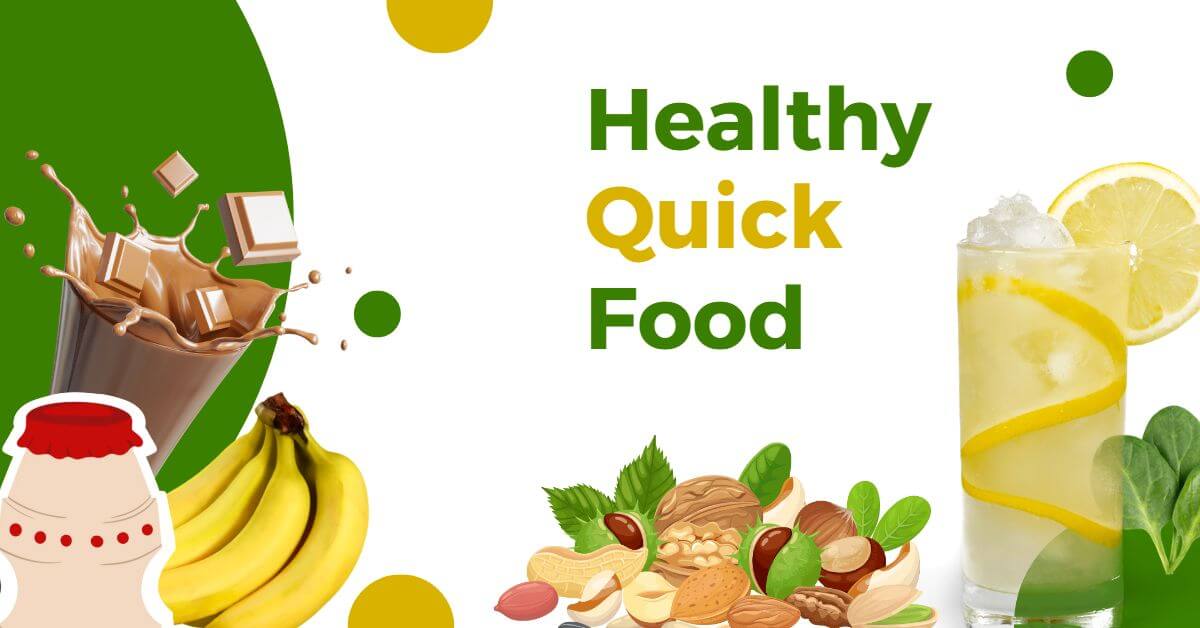Makhana (Lotus seeds) has experienced a surge in popularity as health-conscious individuals seek wholesome and nutrient-dense alternatives to traditional snacks. Its reputation as a low-calorie, gluten-free, and nutrient-packed snack has made it a favorite among health enthusiasts, fitness-conscious individuals, and those looking for a tasty, guilt-free treat.
This article delves into the world of Makhana, shedding light on its impressive health benefits and rich nutritional profile. We will explore the nutrition facts of makhana, from protein and fiber to vitamins and minerals, and discuss how these contribute to its positive impact on overall health. Whether you are looking to manage weight, support heart health, or enjoy a delicious and nutritious snack, Makhana has a lot to offer. Join us on this journey of discovery as we uncover the wonders of Makhana’s health benefits and nutrition facts.
What is Makhana?
Makhana, also known as fox nuts or lotus seeds, is a unique and highly nutritious food sourced from the seeds of the lotus flower (Nelumbo nucifera). It has been a part of traditional Asian cuisines and Ayurvedic practices for centuries. With a delicate, crunchy texture and a mild, nutty flavor, Makhana has gained popularity as a healthy and guilt-free snack option.
Makhana seeds have a unique appearance, resembling popcorn or puffed rice, with a light and crunchy texture. They are typically white in color and are often consumed roasted or fried to enhance their flavor. In ancient Ayurvedic texts, Makhana is referred to as “shahi” or “royal” food due to its numerous health benefits and its association with good health and vitality.
Culinary Uses and Traditional Significance
Makhana is a versatile ingredient with a wide range of culinary uses. In traditional cuisines, it is used in both sweet and savory dishes. Here are some common culinary applications of Makhana:
- Snacking: Roasted or fried Makhana is a popular guilt-free snack option. It can be seasoned with various spices, such as salt, pepper, cumin, or chaat masala, to enhance its taste.
- Curry and Gravy: In Indian cuisine, Makhana is often added to curries and gravies, absorbing the flavors of the spices and providing a unique texture.
- Kheer and Desserts: Makhana is used in desserts like kheer (a rice pudding) as a nutritious and delicious alternative to rice.
- Fasting Food: During religious fasting periods, Makhana is frequently consumed as it is considered light, nutritious, and permissible during fasting.
- Ayurvedic Medicine: Makhana is an essential component of various Ayurvedic preparations, as it is believed to have medicinal properties that promote health and well-being. Beyond its culinary significance, Makhana holds cultural importance in various festivals and celebrations. It is often offered as a sacred food during religious ceremonies and is considered an auspicious symbol of prosperity and fertility.
Nutrition Facts of Makhana ( lotus seeds nutrition)
Makhana, or fox nuts, may appear like unassuming snack options, but their nutritional profile reveals a treasure trove of essential nutrients. These tiny seeds pack a powerful punch and offer a wholesome combination of proteins, fibers, healthy fats, vitamins, and minerals, making them a truly nutritious snack choice.
- Protein:
- Makhana is an excellent plant-based source of protein, making it a valuable addition to vegetarian and vegan diets.
- Protein is essential for tissue repair, muscle building, and supporting overall body function.
2. Dietary Fiber:
- Makhana is rich in dietary fiber, which aids in promoting a healthy digestive system.
- Fiber supports regular bowel movements, prevents constipation, and promotes gut health.
3. Healthy Fats:
- Makhana contains healthy unsaturated fats, such as polyunsaturated and monounsaturated fats.
- These fats are beneficial for heart health, supporting healthy cholesterol levels, and reducing the risk of heart disease.
4. Vitamins:
- Makhana contains various B-complex vitamins, including thiamin, riboflavin, niacin, and folate.
- B-complex vitamins play a crucial role in energy production, brain function, and maintaining healthy skin and hair.
- Makhana is a rich source of vitamin E, a powerful antioxidant that helps protect cells from oxidative damage.
5. Minerals:
- Calcium: Makhana is abundant in calcium, an essential mineral for maintaining strong bones and teeth.
- Magnesium: Makhana is a good source of magnesium, supporting muscle and nerve function, and contributing to overall well-being.
- Phosphorus: Makhana contains phosphorus, which plays a vital role in energy production and maintaining healthy bones and teeth.
- Potassium: Makhana provides potassium, an essential electrolyte that helps regulate blood pressure and support heart health.
6. Antioxidants:
- Makhana is rich in antioxidants, which help neutralize harmful free radicals in the body.
- Antioxidants protect cells from oxidative stress and contribute to overall health and anti-aging effects.
Other Nutrients:
- Makhana contains small amounts of iron, zinc, and copper, which play important roles in various bodily functions.
Comparison with other snacks
Overall, Makhana’s detailed nutrient breakdown showcases its nutritional richness and makes it a valuable addition to a well-balanced diet. Consuming Makhana regularly can contribute to improved overall health, support various bodily functions, and promote overall well-being. Whether enjoyed as a wholesome snack or incorporated into various dishes, Makhana is a nutrient-dense food that can be a delightful and nourishing addition to your daily meals.
When compared to many traditional snacks like chips, cookies, or candies, Makhana emerges as a clear winner in terms of nutritional value. While common snacks often contain high levels of unhealthy fats, refined sugars, and empty calories, Makhana provides a nutrient-dense alternative. Its protein, fiber, and mineral content make it a healthier option that contributes to overall well-being.
As we can see from Makhana’s nutritional profile, it is not only a delectable and crunchy snack but also a powerhouse of essential nutrients that can be a valuable addition to a balanced diet. Whether you are seeking a healthier alternative to snack on or aiming to boost your nutrient intake, Makhana is an excellent choice to satisfy your cravings without compromising on health. In the following sections, we will explore the health benefits of Makhana, elaborating on how its nutritional content positively impacts various aspects of well-being.
Health Benefits and Nutrition Facts of Makhana (lotus seeds)
High Nutritional Value and Its Impact on Overall Health: Makhana’s remarkable nutritional profile makes it a valuable addition to any diet. With its abundance of protein, fiber, healthy fats, vitamins, and minerals, Makhana provides a wholesome source of nourishment. These nutrients play vital roles in supporting bodily functions, promoting optimal health, and fortifying the immune system. Consuming Makhana as a part of a balanced diet can contribute to improved overall health and vitality.
Support for Digestion and Gut Health: Makhana’s high fiber content works wonders for the digestive system. Fiber aids in promoting regular bowel movements, preventing constipation, and supporting a healthy gut. By facilitating smoother digestion, Makhana helps maintain a happy and healthy digestive tract.
Weight Management and Satiety: Makhana’s fiber and protein content work in tandem to promote a feeling of fullness and satiety. Including Makhana in your diet can help curb cravings and prevent mindless snacking, thus supporting weight management goals. Additionally, its low-calorie nature makes it an ideal snack for those seeking to maintain a healthy weight.
Heart Health and Cholesterol Regulation: The healthy fats present in Makhana, particularly unsaturated fats, are beneficial for heart health. These fats can help reduce levels of harmful LDL cholesterol while increasing beneficial HDL cholesterol levels, thus promoting cardiovascular well-being and reducing the risk of heart disease.
Antioxidant Properties and Free Radical Scavenging: Makhana is rich in antioxidants, including vitamin E. Antioxidants play a crucial role in neutralizing harmful free radicals in the body, which can cause oxidative stress and damage cells. By combating free radicals, Makhana helps protect the body from various chronic diseases and supports anti-aging effects.
Blood Sugar Management and Benefits for Diabetics: Makhana has a low glycemic index, meaning it does not cause rapid spikes in blood sugar levels. As a result, it is a suitable snack option for individuals with diabetes or those aiming to manage their blood sugar levels. The combination of protein and fiber in Makhana contributes to slower digestion and glucose absorption, supporting better blood sugar control.
Nutritional Support during Pregnancy and Lactation: Makhana is a nutritious and wholesome snack for expectant and nursing mothers. Its rich nutrient content, including protein, calcium, and iron, can provide much-needed nutritional support during pregnancy and lactation. These essential nutrients aid in fetal development and contribute to the well-being of both the mother and the baby.
Promoting Bone and Teeth Health: Makhana is an excellent source of calcium, phosphorus, and magnesium, all of which are essential for maintaining strong bones and healthy teeth. Including Makhana in your diet can help prevent bone-related conditions like osteoporosis and support optimal bone health.
Benefits for Skin and Hair: Makhana’s vitamin E content contributes to healthy skin and hair. Vitamin E is a potent antioxidant that helps protect the skin from damage caused by UV rays and environmental pollutants. Regular consumption of Makhana can help nourish the skin and promote a radiant complexion. Additionally, the protein content in Makhana supports hair growth and overall hair health.
How to Incorporate Makhana (lotus seeds) into Your Diet
A. Tips for Choosing and Storing Makhana
- Quality Matters: When purchasing Makhana, opt for high-quality, organic varieties to ensure you are getting the best nutritional benefits without added chemicals or preservatives.
- Check for Freshness: Make sure the Makhana seeds are fresh and free from any signs of staleness, mold, or off-odors.
- Dry Roasted or Raw: Makhana is available in both raw and roasted forms. Dry roasted Makhana offers a delicious and crunchy texture, while raw Makhana can be roasted at home for a lighter flavor.
- Airtight Containers: Store Makhana in an airtight container in a cool, dry place to retain its crispness and prevent spoilage.
- Extended Shelf Life: For longer shelf life, you can also store Makhana in the refrigerator or freezer.
B. Simple and Healthy Makhana Snack Ideas
- Classic Roasted Makhana: Enjoy the timeless appeal of dry roasted Makhana with a sprinkle of your favorite seasoning, such as Himalayan salt, black pepper, or chaat masala.
- Makhana Trail Mix: Combine roasted Makhana with nuts, seeds, and dried fruits for a nutritious and satisfying trail mix to enjoy on the go or as a quick snack.
- Makhana Yoghurt Parfait: Layer roasted Makhana with yogurt, fresh fruits, and honey to create a delightful and healthy parfait for breakfast or dessert.
- Makhana Energy Balls: Blend roasted Makhana with dates, nuts, and a touch of nut butter to form energy-packed and delicious Makhana balls for a quick energy boost.
C. Makhana in Recipes: Sweet and Savory Options
- Makhana Curry: Add roasted Makhana to your favorite curry dishes for a unique and delightful texture that complements the rich flavors of the sauce.
- Makhana Stir-Fry: Use roasted Makhana in stir-fry dishes with an assortment of colorful vegetables for a nutritious and visually appealing meal.
- Makhana Kheer: Replace traditional rice with Makhana in a creamy kheer for a delectable and nutrient-rich dessert option.
- Makhana Salad Topper: Crush roasted Makhana and use them as a crunchy and nutritious topping for salads.
D. Makhana as a Gluten-Free and Allergen-Friendly Alternative
- Snacking for All: Makhana is naturally gluten-free, making it an excellent snack option for individuals with celiac disease or gluten sensitivity.
- Nut-Free Delight: Makhana can serve as a satisfying alternative to nuts in various recipes and snacks, making it a suitable option for those with nut allergies.
- Vegan and Plant-Based: As a plant-based food, Makhana is suitable for vegans and vegetarians looking for nutritious and tasty alternatives.
Precautions and Side Effects
Makhana (lotus seeds), with its impressive health benefits and nutritional value, is generally safe for consumption. However, as with any food, there are certain precautions and considerations to keep in mind to ensure a safe and enjoyable experience. Here are some important points to consider:
Possible Allergic Reactions or Sensitivities: While Makhana is not a common allergen, some individuals may be sensitive or allergic to lotus seeds. If you have a history of allergies to seeds or nuts, it is advisable to exercise caution when introducing Makhana into your diet. If you experience any adverse reactions such as itching, swelling, or difficulty breathing after consuming Makhana, discontinue its use and seek medical attention promptly.
Moderation and Portion Control: While Makhana is a healthy snack option, it is essential to consume it in moderation, especially if you are on a weight management plan. Despite its numerous health benefits, excessive consumption of any food can lead to an imbalance in your diet. Practice portion control and enjoy Makhana as part of a balanced diet.
Special Considerations for Certain Medical Conditions: If you have specific medical conditions or dietary restrictions, it is advisable to consult with a healthcare professional or a registered dietitian before incorporating Makhana into your diet. For individuals with kidney stones or certain digestive disorders, excessive consumption of Makhana may not be suitable. Additionally, if you are on any medications, it is essential to check for any potential interactions with Makhana.
Frequently Asked Questions (FAQs)
Q. Is Makhana suitable for people with gluten intolerance or celiac disease?
Yes, Makhana is naturally gluten-free and safe for individuals with gluten intolerance or celiac disease.
Q. Can Makhana aid in weight loss?
Makhana’s fiber and protein content can contribute to satiety and aid in weight management when consumed as part of a balanced diet.
Q. Is Makhana a good source of protein for vegetarians and vegans?
Makhana is an excellent plant-based source of protein for vegetarians and vegans.
Q. How does Makhana compare to other popular snacks in terms of nutritional value?
Compared to many conventional snacks, Makhana is a healthier and more nutrient-dense option.
Q. Is Makhana safe for children to consume?
Makhana is generally safe for children and can be a healthy alternative to traditional snacks.
Conclusion
Makhana (lotus seeds) presents an excellent opportunity to elevate your snacking choices and enjoy a nutritious treat. Embrace the wonders of Makhana and explore its versatility in various recipes and snacks. By incorporating Makhana into your diet, you can take a step towards a healthier lifestyle and experience the many benefits it has to offer. So, go ahead, savor the delectable crunch of Makhana, and make it a delightful addition to your journey of wellness.






